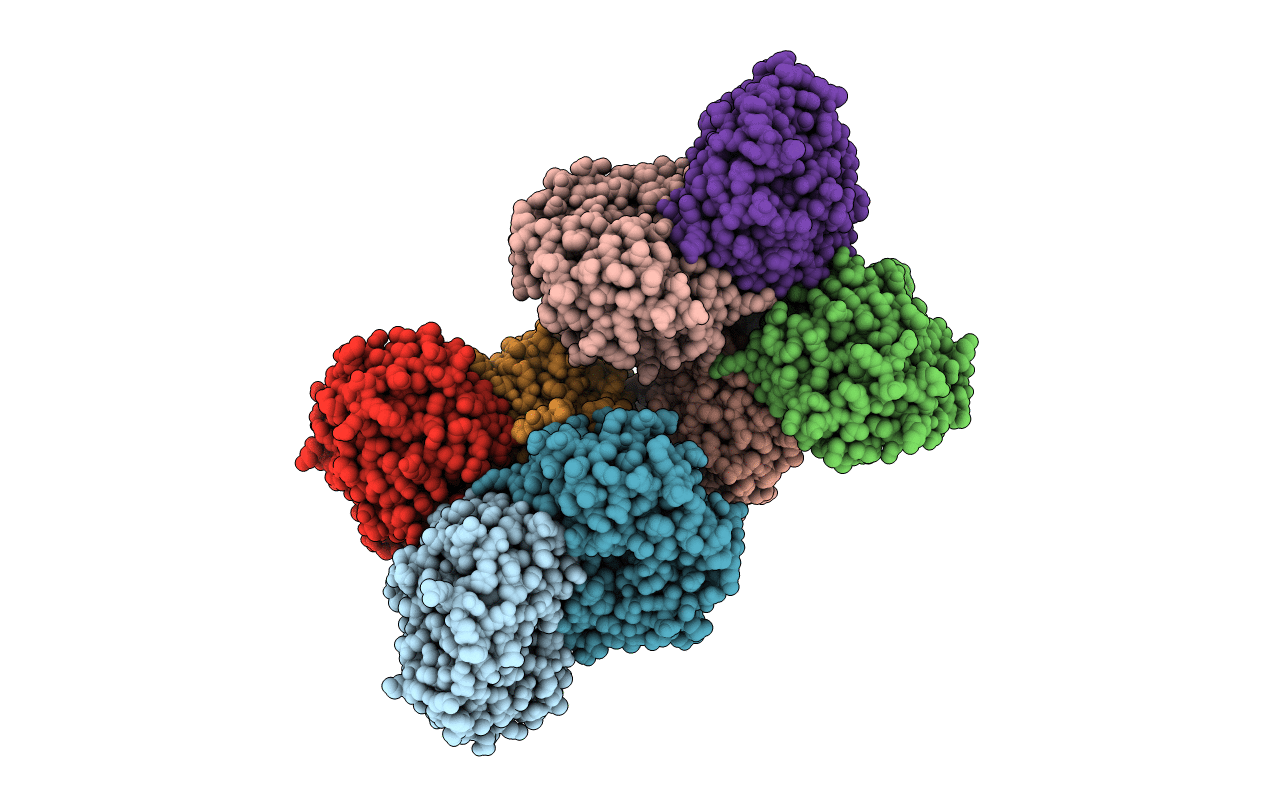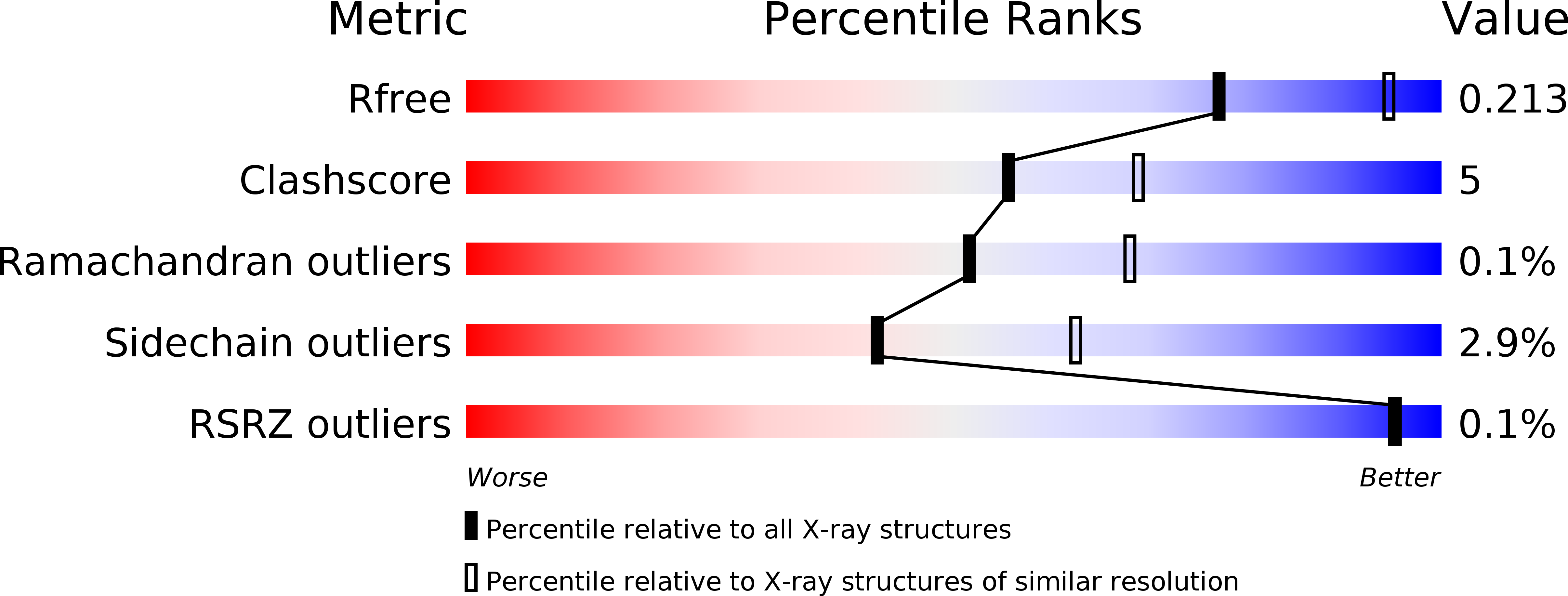
Deposition Date
2012-10-19
Release Date
2013-09-04
Last Version Date
2025-03-26
Entry Detail
PDB ID:
4HNN
Keywords:
Title:
Dihydrodipicolinate Synthase from the common grapevine with pyruvate and lysine
Biological Source:
Source Organism:
Vitis vinifera (Taxon ID: 29760)
Host Organism:
Method Details:
Experimental Method:
Resolution:
2.40 Å
R-Value Free:
0.21
R-Value Work:
0.18
R-Value Observed:
0.18
Space Group:
C 1 2 1


